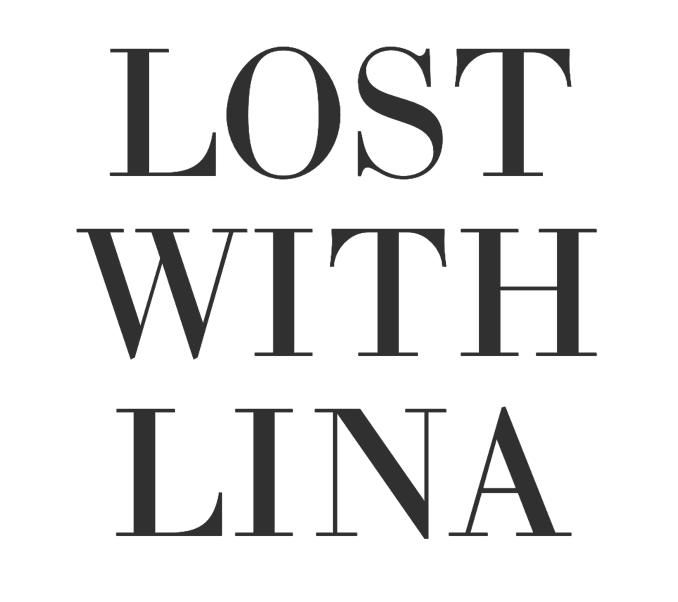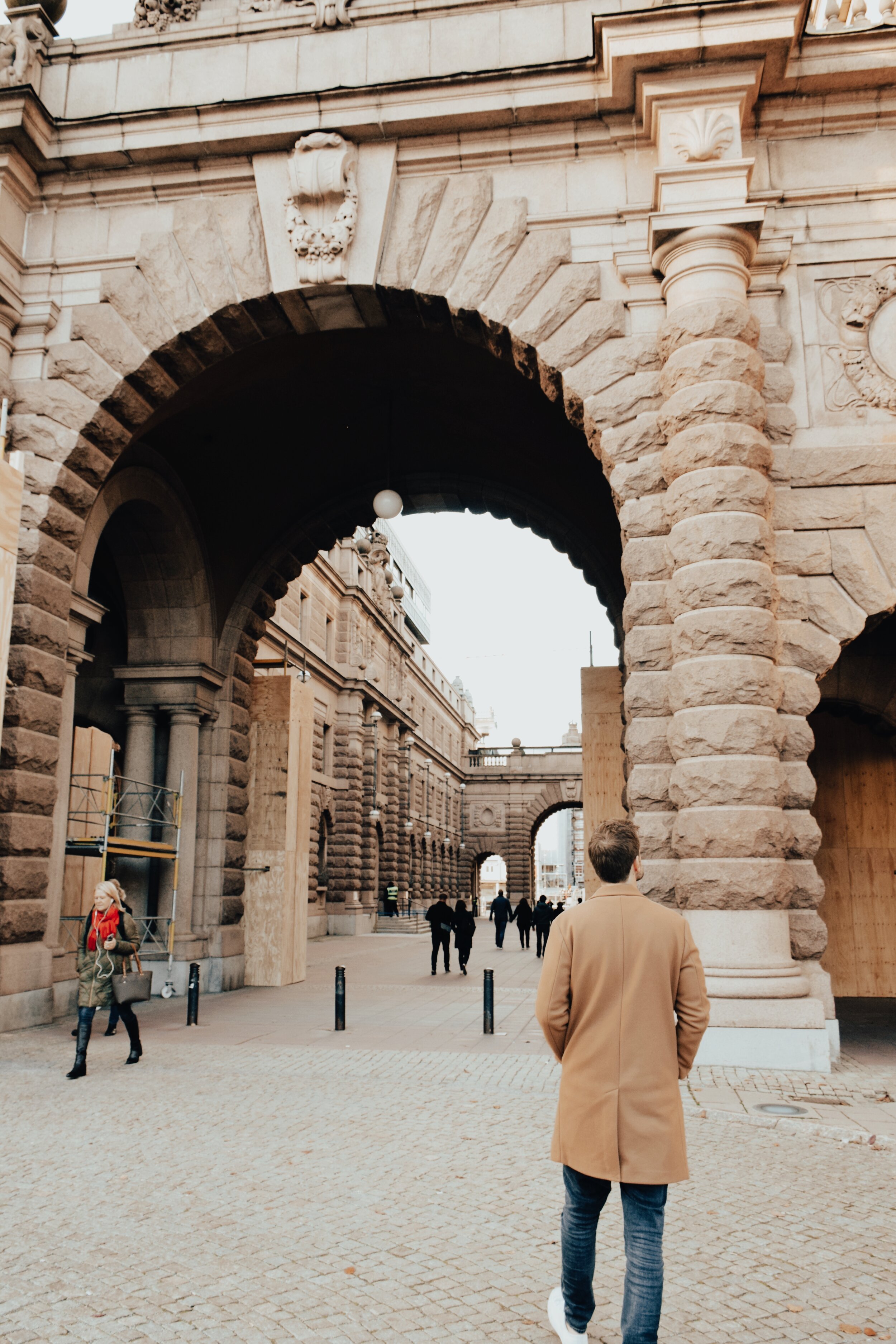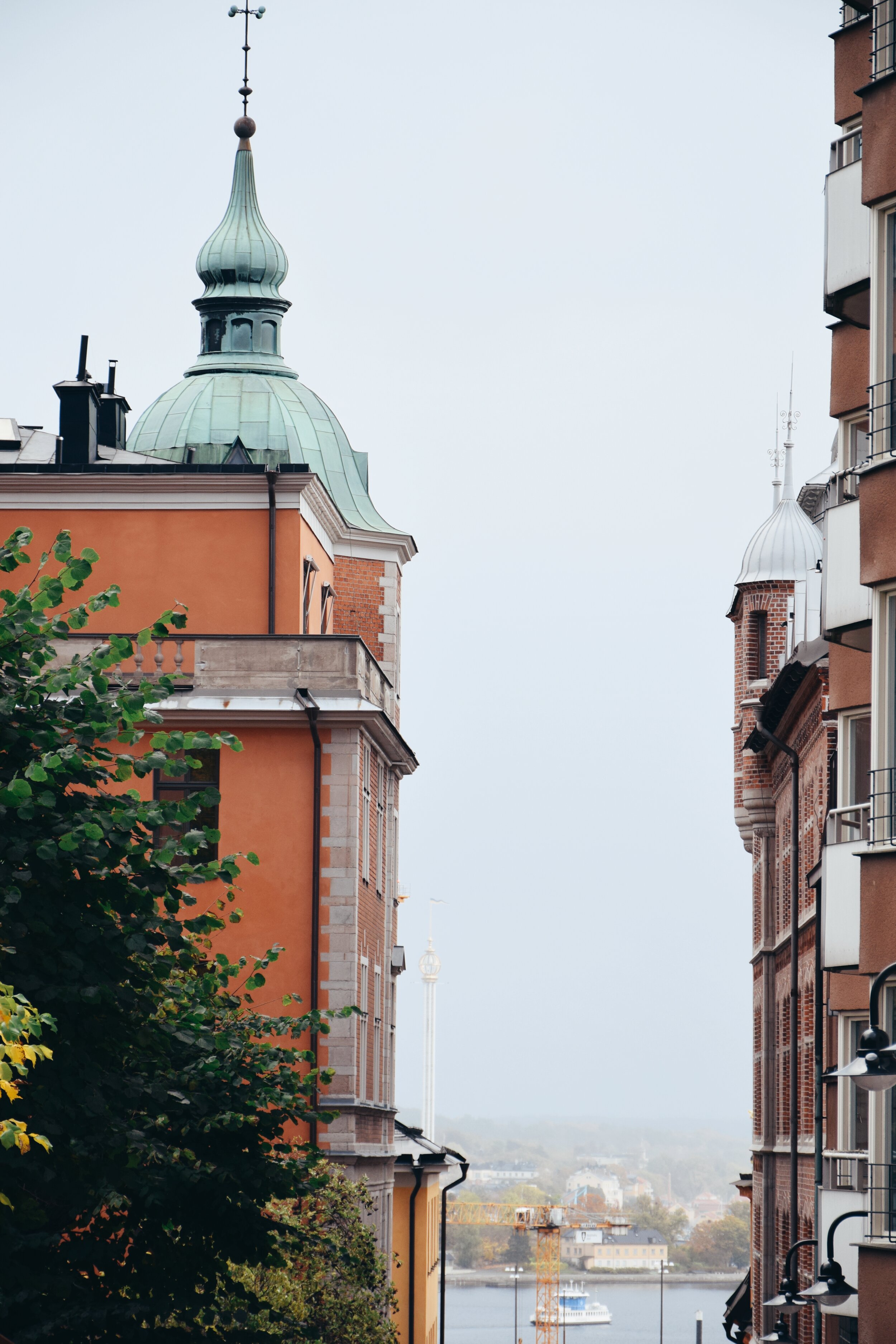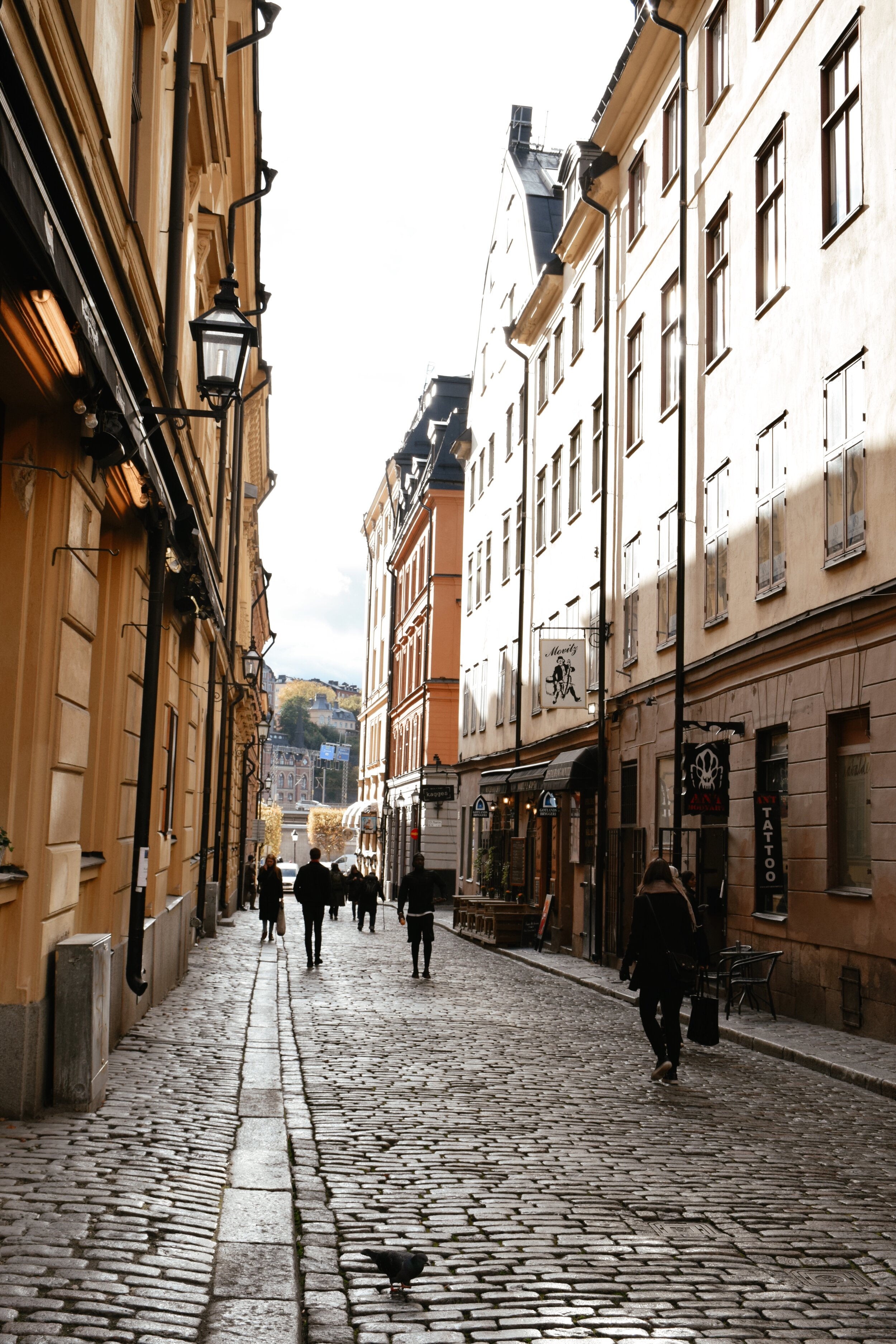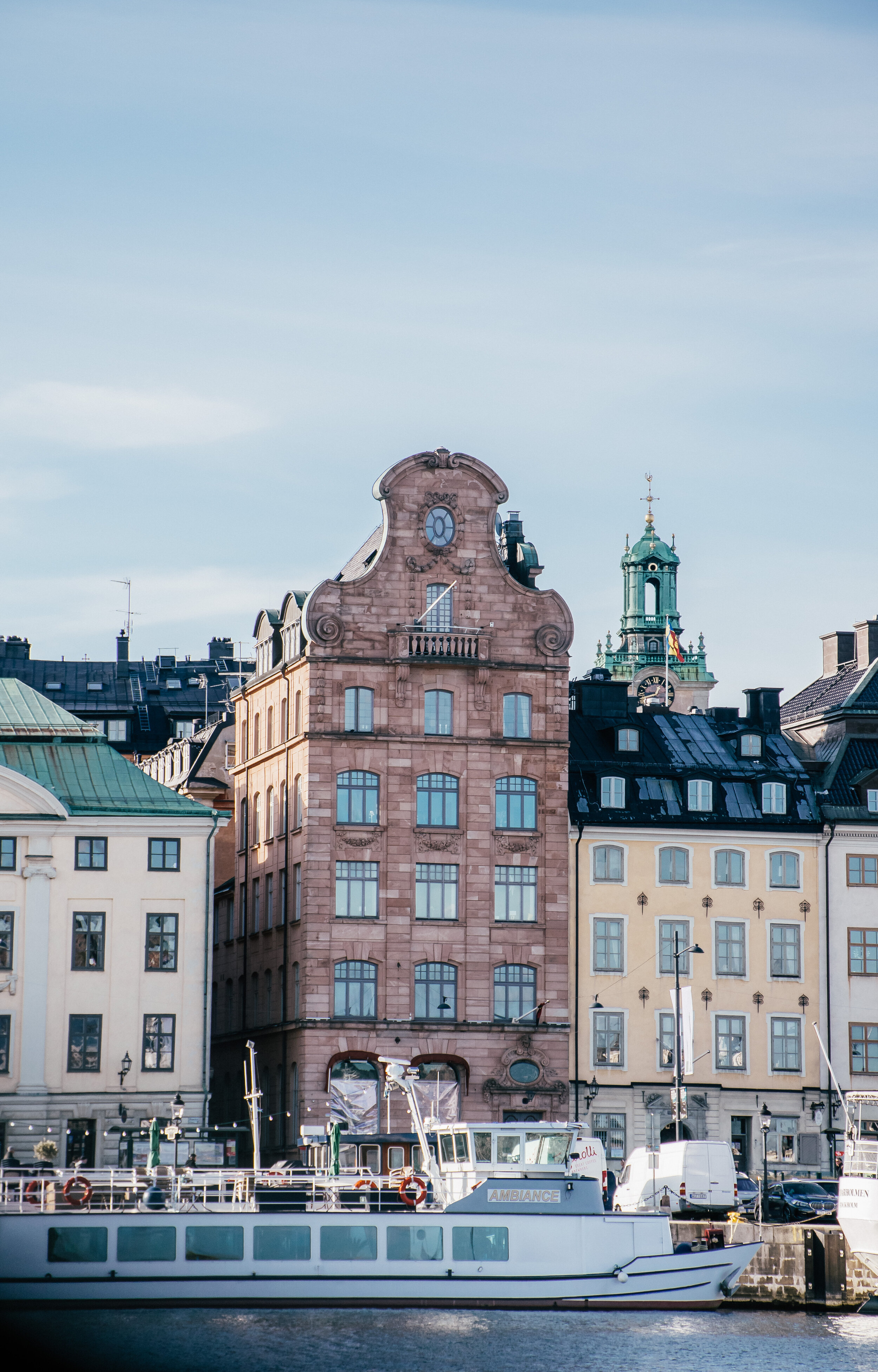Fall in Stockholm

Stockholm is nothing short of magical.
Commonly known as “the Nordic Venice” and “the Capital of Scandinavia”, this pocket of the world is somewhere I knew very little about (despite knowledge I obtained from watching the Vikings series), but had always been high on my list of places to visit.
Admired for their effortlessly balanced way of life, for mastering the art of pop music and design, for it’s beautiful green landscapes, for pioneering hygge and for consistently being voted one of the world’s happiest countries; it’s no wonder I fell hard for Stockholm.
Despite the well-preserved historic core, Stockholm is no museum piece: it's modern, dynamic and ever-evolving. Sweden’s capital is spread across 14 islands, and the water is so clean that you can swim or fish for salmon in the middle of the city. It is a fashion-conscious city that has high standards for everything from food and shopping to culture and entertainment. There is something for everyone here. Broad boulevards lined with elegant buildings are reflected in the deep blue water, and rows of painted wooden houseboats bob gently alongside the cobbled waterfront. Yet Stockholm is also a high-tech metropolis, with futuristic skyscrapers, a bustling commercial hub and one of the world's hottest start-up spots.
As you may have seen on my Instagram, we ventured over to Sweden three weeks ago to celebrate Tom’s Birthday for the weekend. Whilst the trip was short, it was the perfect taste of Scandinavian life and culture and I’m already eager to return for more once we’re able to.
EMBEDDED WITH HISTORY
With over 750 years of rich history, the city offers something for everyone. Stockholm’s diverse environment reflects the life and immense growth of the city over the centuries, and the well-preserved streets and buildings attest to how the small island at the outlet of Lake Mälaren grew into the country’s capital, a multicultural metropolis and one of the most beautiful cities in Europe.
The first document referring to Stockholm dates from 1252. It is signed by Birger Jarl, who is said to have founded Stockholm in order to protect Sweden from the attack of foreign fleets. The history of how the city got its name is obscure, but one theory suggests that the name derives from the defence constructions, made of wooden logs, found where Lake Mälaren crosses into the brackish Baltic. Another theory is that the word “stock” in old Swedish means “a collection of”. In that case, the name Stockholm simply refers to a collection of islets (holme means islet).
WHEN TO GO
For our trip, we were here for a weekend at the end of October; which I personally think made for the perfect hygge fall inspired weather; overcast, afternoon drizzle and a real Baltic chill in the air. Most travellers would opt to travel here during the summer months to see the midnight sun (June & July), but I would highly recommend anytime from October to March, as I always prefer travelling when there are less crowds. I would also recommend spending 3 full days in Stockholm before hopping to another region or city.
WHERE TO STAY
For our two nights in Stockholm, we stayed at the Radisson Collection Strand Hotel, an iconic Hotel wedged between the city’s vibrant waterways and medieval centre. We booked a Sea View Suite, which featured the most stunning views overlooking Nybroviken Bay and the cultural center of Stockholm. Having recently undergone a two-year long renovation, designed by internationally acclaimed Swedish architectural studio Wingårdhs, the Strand Stockholm’s incarnation blends effortless Scandinavian design with an artistic richness, befitting this historic building. Situated in the heart of Stockholm, the Hotel is an ideal choice for culture enthusiasts as well as business travellers. It was the perfect base for us to explore the Swedish capital within walking distance of top attractions like Gamla Stan, The Modern Museum, Nordiska Kompaniet Department Store, and Stureplan.
GETTING AROUND
Stockholm is a compactly sized city with all the advantages of an international metropolis. It is easy to walk from district to district, take in the sights and experience the Scandinavian atmosphere. Bridges connect most of the islands, while ferries and the tunnelbana (metro) link the rest. Public transport is safe, smooth and efficient, covering every corner of the city and its bucolic surrounds.
If you’re feeling brave, the city is e-scooter friendly, all you need to do is download the relevant Scooter app (we used Lime & Bird) and you’ll be zooming your way around. The scooters are both cheap and environmentally friendly and you'll find them all over the city. Nearly all signs are written in Swedish and English, and you'll be hard-pressed to find a remarkably friendly local who doesn't speak near-perfect English.
Another fantastic way to discover Stockholm in a very different way is with the Ocean Bus amphibian bus. Despite the temperatures being absolutely Baltic (I’ve always wanted to use that phrase), this was the highlight of our entire trip. This allowed us to experience and capture the true beauty of the city from both land and water, in one vehicle, all the while being informed of the history’s rich history. The tour begins on land at Stromgatan (close to the Royal Opera) and lasts for 1.5 hours.
KNOWING THE DISTRICTS & WHAT TO SEE
Each district has its own unique feel. Östermalm is elegant and well mannered with boulevards and high end boutiques. Södermalm is fickle and charmingly bohemian. Kungsholmen and Vasatan are perfect for long walks and picnics. The city is a melting pot of all styles, tastes and personalities. And in the storybook streets of Gamla Stan, the old and the new are connected through the scent of freshly baked waffles. It's a stimulating, inspiring mix, where the past, present and future constantly merge and converse.
Östermalm
High status and the bourgeoisie come to mind at the mention of Östermalm. With the highest housing prices in Sweden, the area’s status is further elevated by the large number of leading business figures, public servants and celebrities who live there. Ladugårdslandet was Östermalm’s former name, referring to the four royal cattle farms that were once here. It is here that the Battle of Vadla, between the Danes and the Swedes took place in 1517. This area was once used for military purposes, but many tradesmen also lived here. It was grimy and poor until the buildings began to be torn down in the 1880s. The new neighbourhood that emerged here took on a completely different appearance from the old working village and was dubbed Östermalm in 1885.
Östermalm has a remarkable number of museums and cultural treasures, such as the Strandvägen; a beautiful avenue with marvellous buildings, including the Royal Dramatic Theater. It is an exciting, diverse part of town where historic monuments and architectural riches sit side by side with pleasant lush parks and tree-lined boulevards.
Södermalm
It is easy to fall in love and be fascinated by Södermalm, which was once inhabited by Stockholm’s poorest residents, but now attracts artists, actors and other creative souls. It’s in this district that you’ll find a large offering of shops, cozy cafe;’s with serious hygge vibes, and colourful art galleries. Sofo, short for South of Folkungagatan, is teeming with small, trendy bohemian shops that are within walking distance from Nytorgsparken, one of the many green oases on Söder.
To escape the city and get some fresh air, you can stroll along Söder Mälarstrand on secluded Monteliusvägen (Montelius road) with marvelous views of Lake Mälaren, Gamla stan, Riddarholmen and the City Hall on Kungsholmen. Despite ongoing construction in the area, you’ll still enjoy some of the best panoramic views of Stockholm. Once you’ve worked up your appetite, head over to Meatballs for the People and experience why meatballs are so beloved in Sweden. Read more about it below.
Gamla Stan
Experience medieval Stockholm in one of the best preserved medieval cities in Europe, the Gamla Stan, once referred to as the ‘‘town between the bridges”. Wandering through the riddled cobblestone streets is like stepping back in time. It’s hard to imagine that this charming and picturesque district was once characterised by vice, barbaric murders, trash and slum, until restoration began in the 1970s. Everywhere you turn there are sites of historic interest and cultural significance. The narrow streets are just as bustling with life today as they were when these same streets were merely beaten paths full of litter and kitchen waste.
As we travelled here during the COVID pandemic, we found the streets to be much quieter than anticipated. We were able to wander around alone delighting in the surrounding buildings in the most beautiful shades of terracotta and faded marigolds, with high gables and ornately decorated doorways. Much of the original medieval stonework remains behind the facades, and inside the buildings are medieval cellar vaults, frescoes from the 1500s, high-class Rococo interiors, and extravagant 19th century decor.
Stortorget is Stockholm’s oldest square. In 1520, this was the site of the Stockholm Bloodbath, where Christian the Tyrant beheaded 82 noblemen and freemen, and hanged 10 others. A total of 92 white stones are fixed to the facade of the red building with the address Stortorget 20 in memory of the event. Nearby, you’ll find a cannonball walled into the gable of a house, which symbolised Gustav Vasa’s siege, resulting in Christian the Tyrant’s surrender.
The main tourist street, Västerlånggatan, is packed with a diverse mix of boutiques and restaurants. Head for Österlånggatan or Stora Nygatan for a less touristy shopping experience and stop at some of the museums and churches for a look at Stockholm history. Be sure to take the 36 steep steps down through Stockholm’s narrowest alley, Mårten Trotzigs Gränd. In addition to browsing art, glass and ceramics, you can enjoy ice cream in a freshly baked waffle cone, or tasty baked goods from one of the many cafés. If you’re still peckish, stop at Den Gyldene Freden, Sweden’s oldest restaurant.
The City & Norrmalm
When Gamla Stan became too small and outdated for a growing Stockholm, Norrmalm took on the role as the city centre. Many of the buildings from the old 18th century city disappeared during the wave of renovations in the 1970’s. Today, Norrmalm is a lovely part of the city, and holds great cultural significance as many activities and events take place here. Sergels Torg, also called Plattan, is Stockholm’s best-known meeting place. Brunkebergstorg, just one block away from Plattan, has recently had a revitalisation thanks to the new Urban Escape city quarter and has transferred into a bustling hub of trendy restaurants and Hotels. Here you can sit and dine with a view over the city or lose yourself in hipster surroundings in one of the various new watering hole’s for the fashion-conscious.
Djurgården
Across the water from the city lies the tranquil island of Djurgården, featuring everything from world-class galleries and open air museums, to harbouring a glittering 17th century warship and Viking treasures. It is here that fans of ABBA can browse memorabilia, old records, props and costumes at the interactive ABBA exhibition (which I highly recommend you visit). You will also find Gröna Lund, the amusement park on the water, although it wasn’t open during our visit due to COVID.
IMPECCABLE STYLE
Sweden’s sense of style is legendary, and the Swedish capital does not disappoint when it comes to affordable design with universal appeal. With success stories like Acne and Stutterheim to favourites like Totême and Rodebjer, Swedish fashion includes many talented designers. Also, not to forget, high street chain H&M and its sister brands Weekday, Monki, Cos, &Other Stories that are worn all around the world, and you’ll find them all here. But in between the museum-sized furniture superstores and high street fashion outlets you’ll find neighbourhoods with artsy corners brimming with one-of-a-kind gifts, homewares and boutique clothing.
Stockholm is bursting with fantastic design shops, particularly in the centre of the city, and there is something to suit every budget. Here, good design is not a luxury, it's a right. Even the humblest coffee shop is design literate, from its lighting right down to its cups, bowls and cutlery.
If you’re searching for unique pieces, the vintage shopping scene is huge here, especially on Södermalm’s village-like cobbled streets. Less budget-friendly (but incredibly charming) is Naturkompaniet, the city’s most renowned department store in opulent eastern Östermalm. The antique shops of neighbouring, restaurant-packed Vasastan also cater to the luxury-loving locals, but are worth anyone’s window-shopping time.
FOOD, FOOD, GLORIOUS FOOD
Given the bounty of prime ingredients drawn from the city’s surrounding waters, fields and forests, it'‘s no wonder that this city has booming scene for new, trendy, high-quality, good-value, innovative and popular restaurants. Whatever the global culinary trend, Stockholm is eager to master, from raw food and açai breakfast bowls to sustainable, locavore dining. Old-school, homegrown classics are equally revered. Whether it's fried herring, succulent meatballs or buttery toast skagen, traditions are both faithfully adhered to and sometimes cleverly tweaked.
One thing you must experience whilst in Stockholm is go for a Fika (this is a very Swedish thing). Fika basically means to meet up for a coffee and a piece of cake or pastry, and a fik is slang for a café, bakery or pastry shop. Sweden enjoys a highly developed culture when it comes to baked goods, and everywhere in Stockholm, you’ll find cafés and cake shops brimming with atmosphere, character, and quality, whether traditional or contemporary-creative.
WHERE TO EAT:
Meatballs for the People: This is the home to some of the city’s best and most innovative varieties of the classic dish. They have a different variation on meatballs everyday, made with different types of meat. Tom had the special of the day, a meatball burger, and I opted for the classic meatball dish. It is the perfect place to experience one of Sweden’s nations dishes made with only organic ingredients.
L’Aventura: Located on the premises of a former movie theatre, the menu consists of classic dishes covering the whole Apennine peninsula. Its ambition is simply to take Italian dining in Stockholm and bring it to a whole new level. It
Cafe Pom & Flora: The breakfast deal at Pom & Flora is known to be one of the best in town. The café on the corner of Bondegatan 64 in Södermalm serves up both beautiful interiors and a menu worth trying – whether you're up for breakfast or lunch. They also have a café in Vasastan, on Odengatan.
Le Hibou: Le Hibou is the Bank Hotel’s elegant terrace cocktail bar. The bar’s interiors draw inspiration from an exclusive Parisian suite and features the most charming view over beautiful Nybroviken and Strandvägen. Make sure you drop in here before or after dinner, it is a must visit in this magical city.
